Product Detail
SVBONY SV220 Telescope Filter, H-Alpha & OIII, 7nm Dual-Band 2" Nebula Filter for Astrophotography
- Reduce Light Pollution: It can greatly reduce the interference from natural light sources such as moonlight or artificial light pollution such as street lighting;
- Improving Contrast: The filter enhances contrast during visual observation of gaseous and planetary nebulae, even under light-polluted skies. By improving contrast, it makes the nebula stand out more clearly against the sky background, but does not increase the nebula's brightness;
- Strong Applicability: The filter applicable to SVBONY's electronic cameras and astronomical cameras;
- Scope of Application: Useful for imaging emission nebulae, planetary nebulae and supernova remnants.
Note: This filter set is not suitable for telescopes with a focal ratio below f/4
FAST shipping
SVBONY SV220 2 Inches Dual-Band Filter
SVBONY 7nm dual band filter is designed to drastically reduce the effect of light pollution. The 7nm bandwidth means it strongly isolates
the nebulae's emissions into H-Alpha (red) and OIII (green-blue) from anything else. It blocks light pollution, maximizes the signal from
nebulae, and darkens the sky background. It also blocks artificial light from mercury vapor lamps, high- and low-pressure sodium vapor
lights, and unwanted natural light caused by the emission of neutral oxygen in our atmosphere.
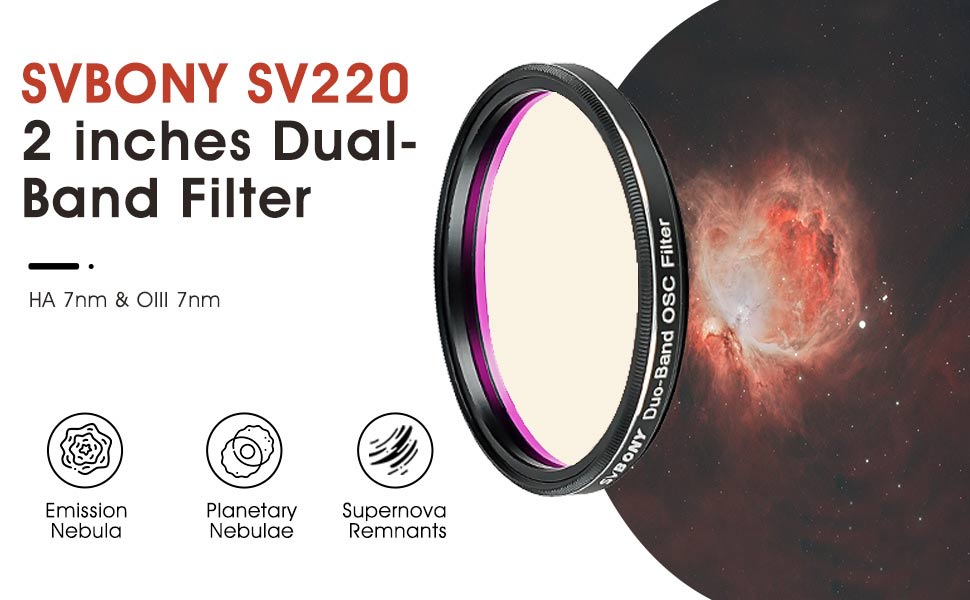
Dual Narrow Bandwidth H-Alpha/O-III 7nm Narrowband Filter Properly Designed For astrophotography of emission nebulae, planetary
nebulae and supernova remnants. The high transmission and sharp cut-off greatly enhances the contrast of image and brings out the
most detailed information of those deep-sky objects.
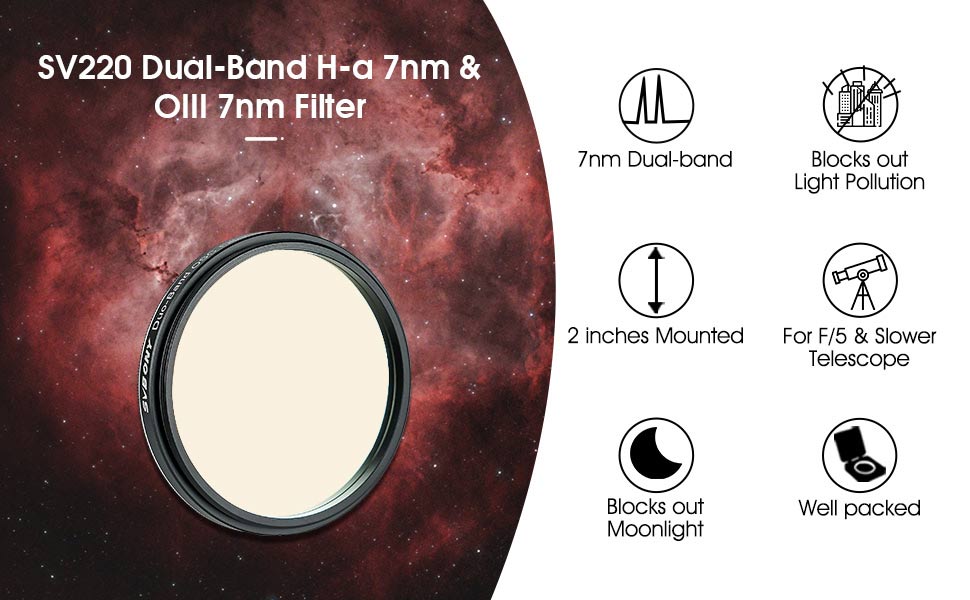
The 7nm dual-band filter allows OIII (500.7nm) and H-Alpha (656.3nm) nebula emission lines to be highly transparent, strongly isolates
the nebulae's emissions into H-Alpha (red) and OIII (green-blue), and drastically reduces the effect of light pollution.
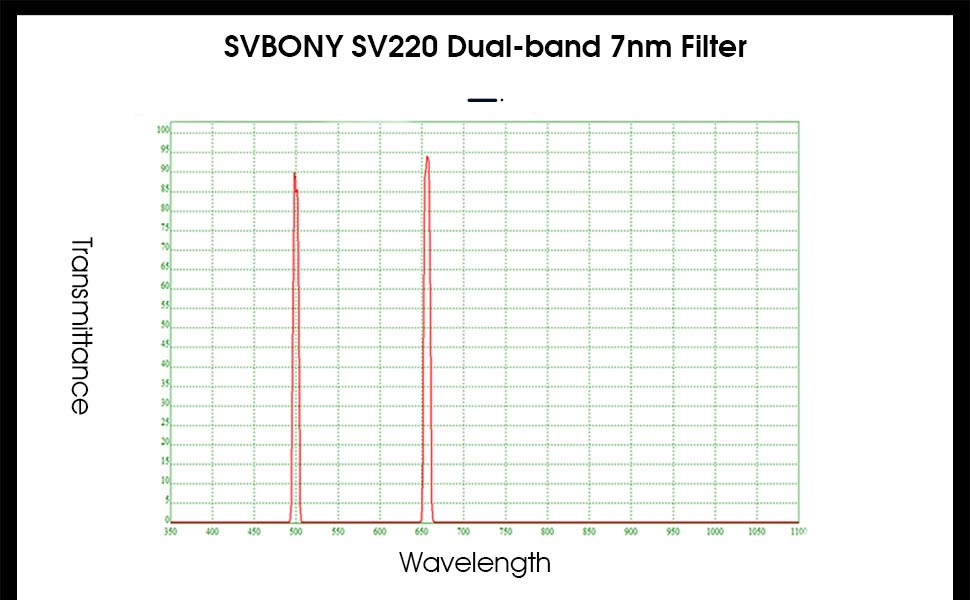
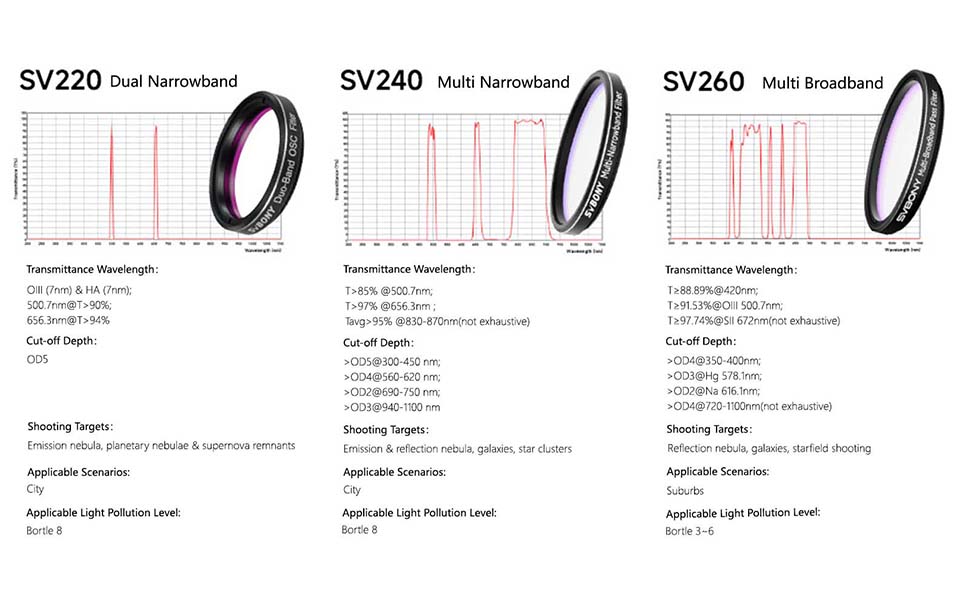
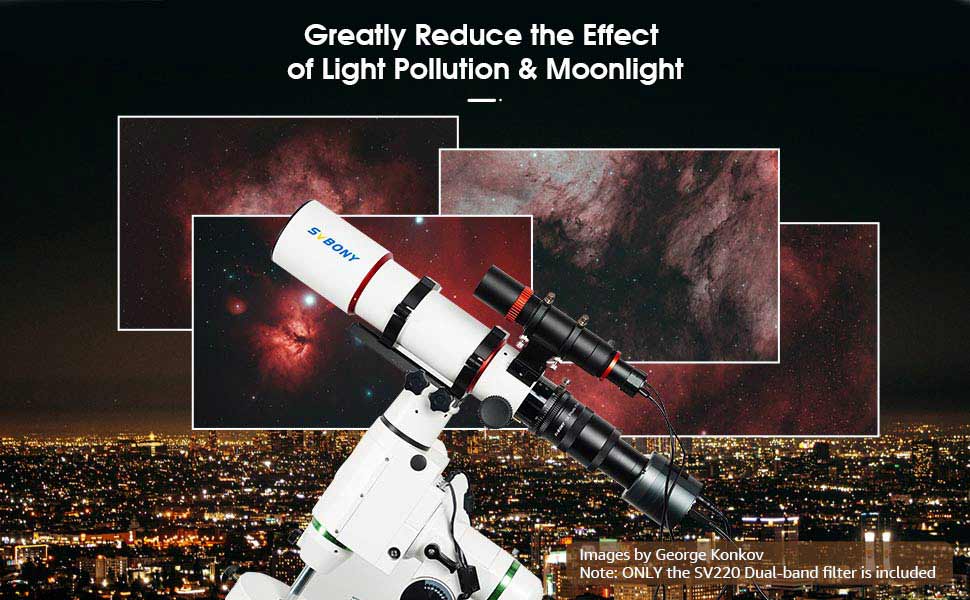
You can enjoy the fun of nebula shooting at anytime and anywhere in light pollution city or under a full moon. You don't have to to travel
through mountains and rivers for your photography, and your traffic fuel and time are also saved.
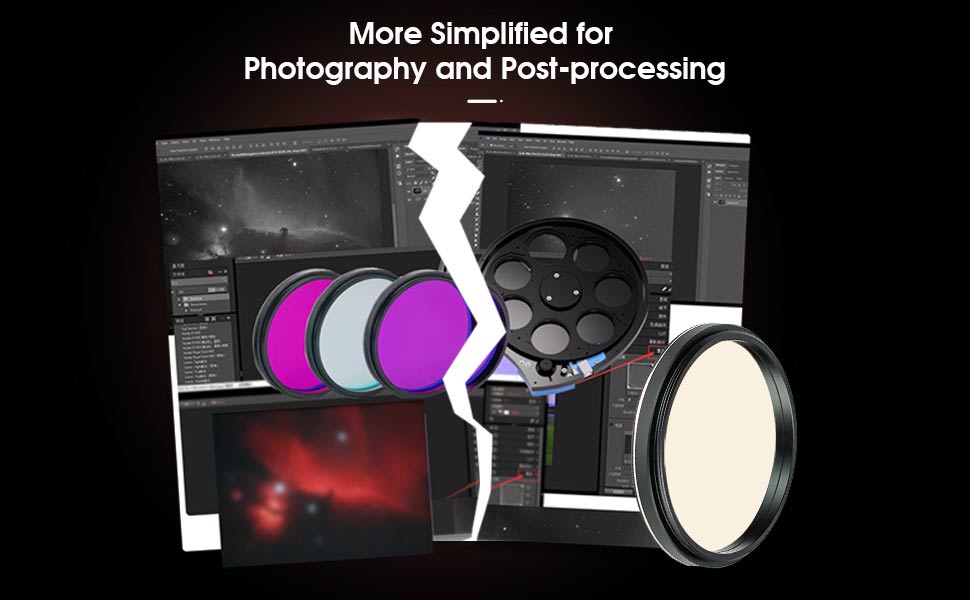
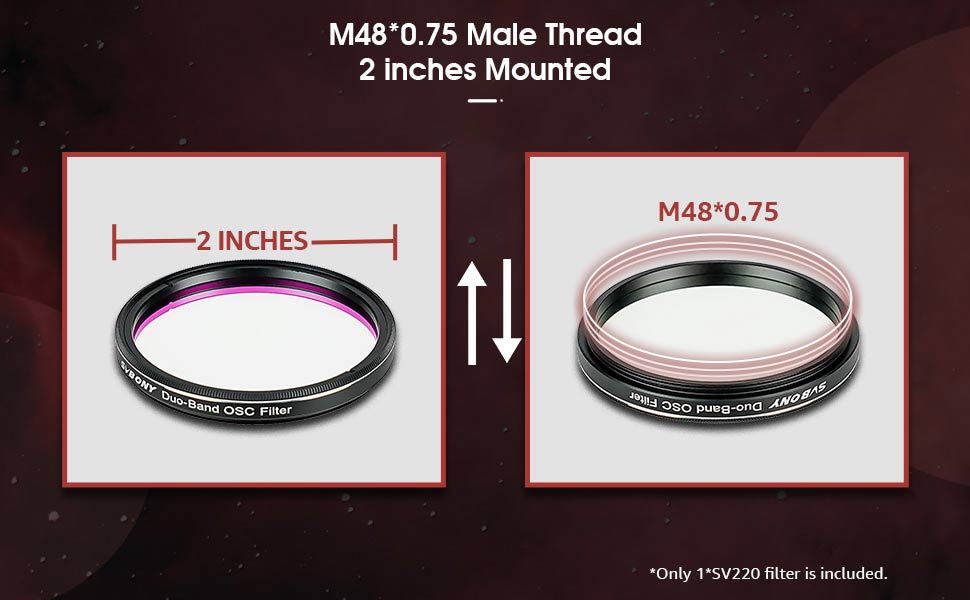
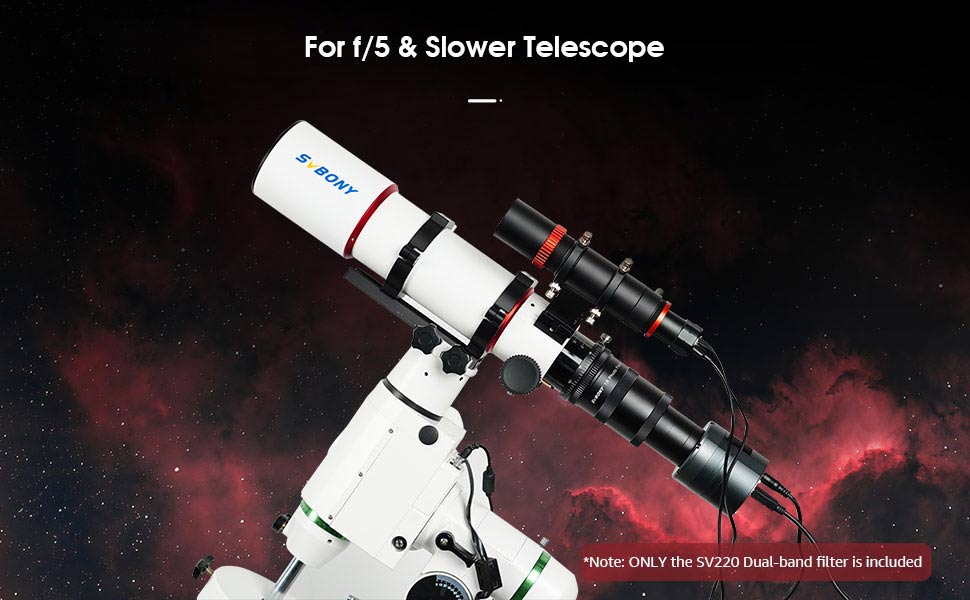
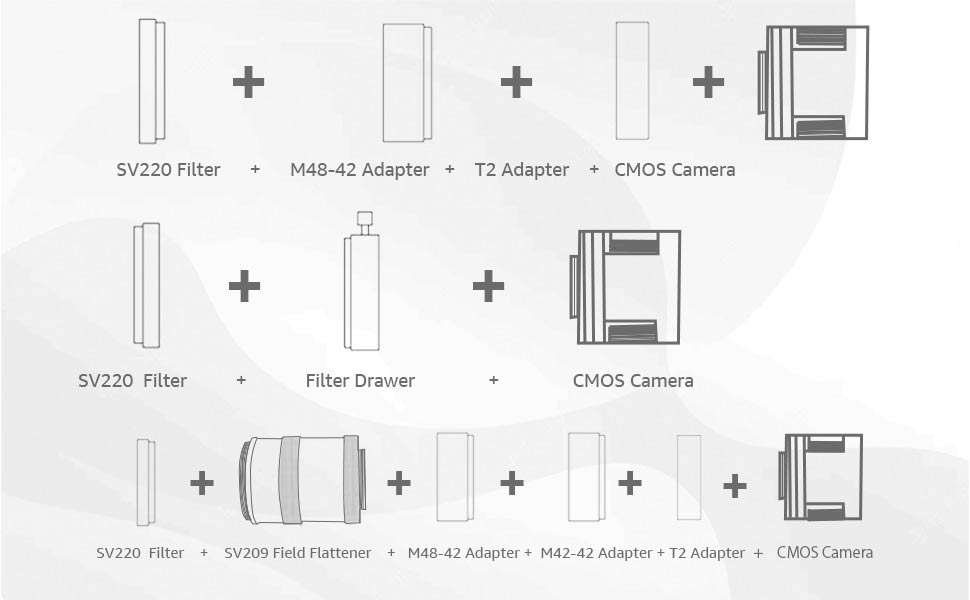
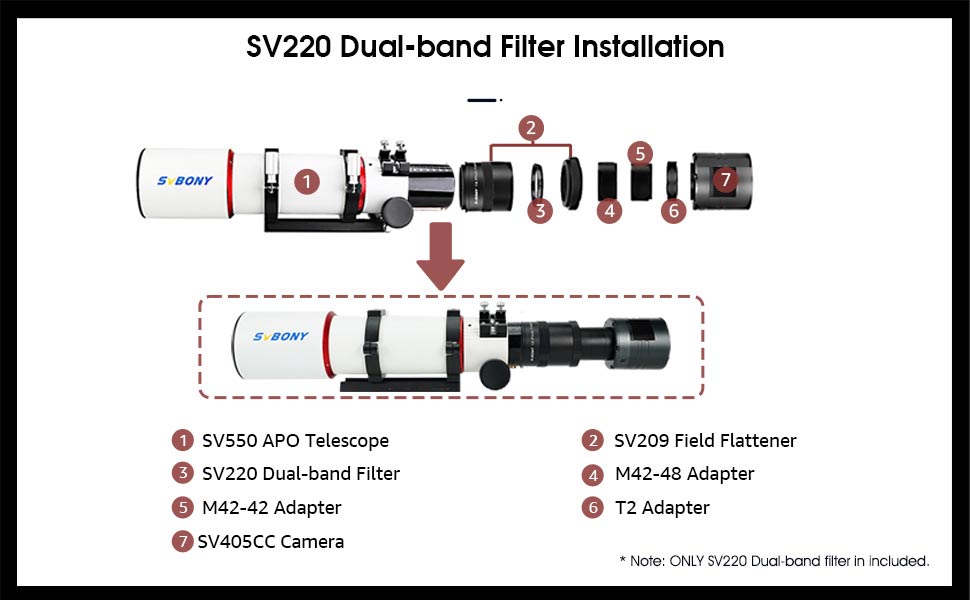
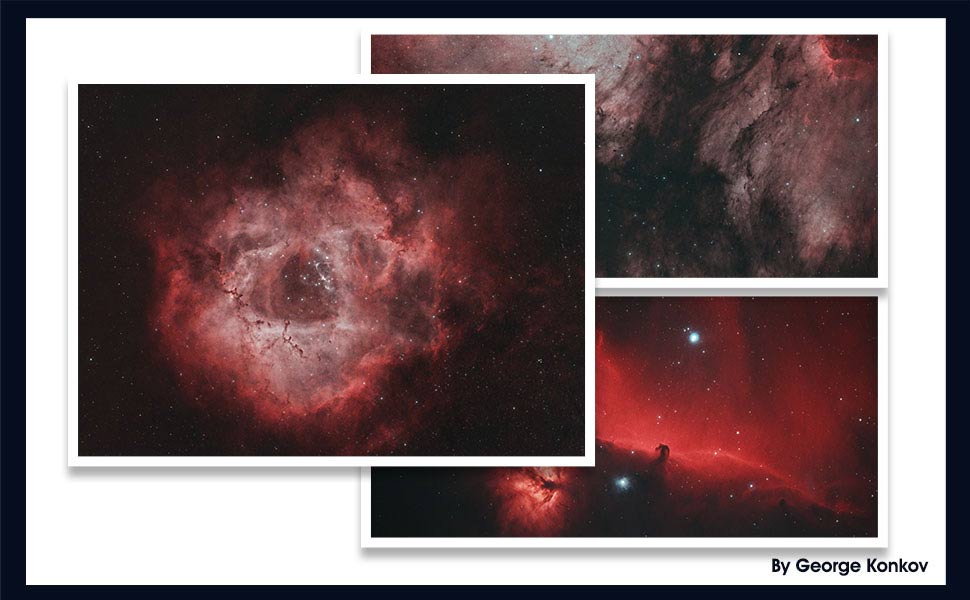
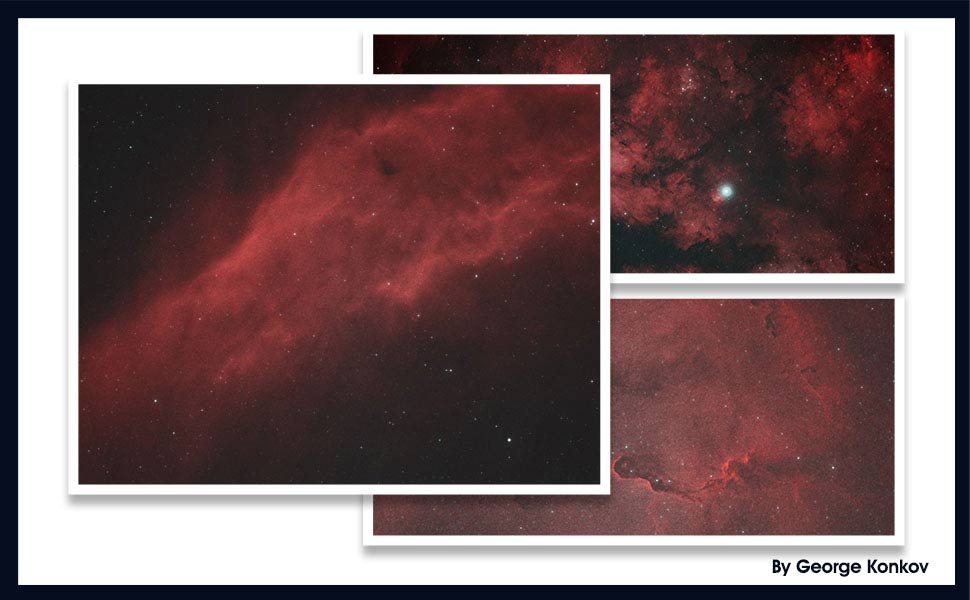
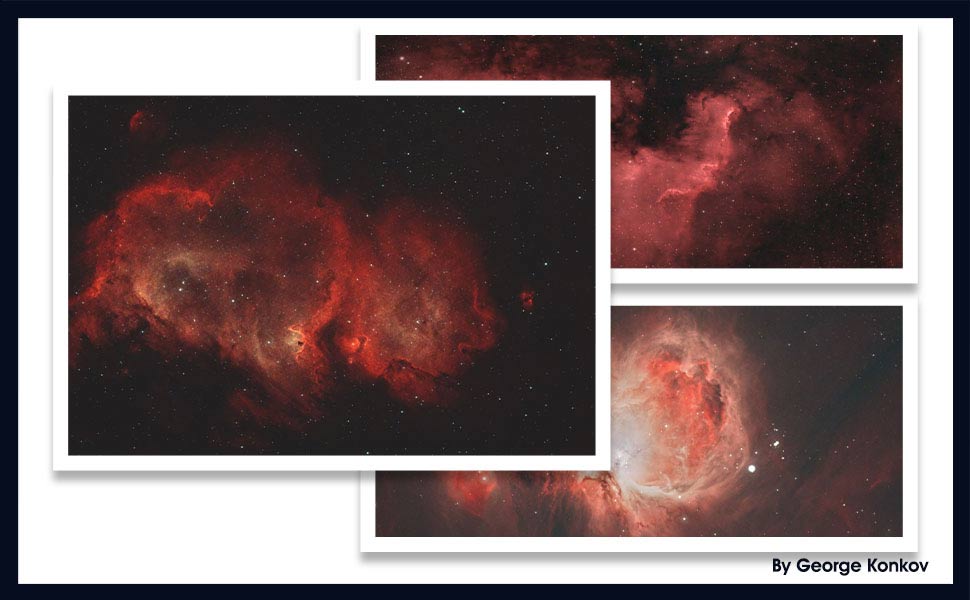
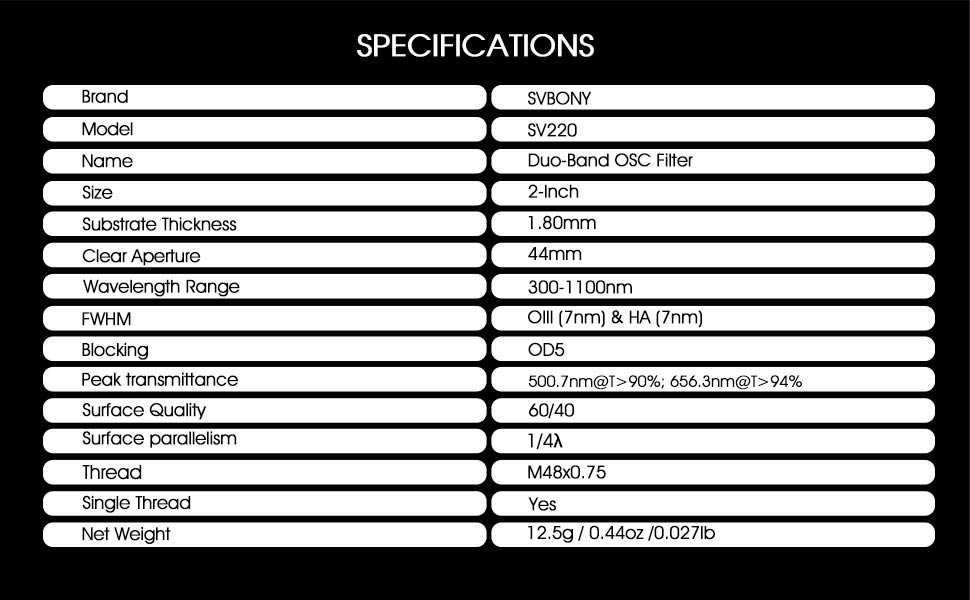
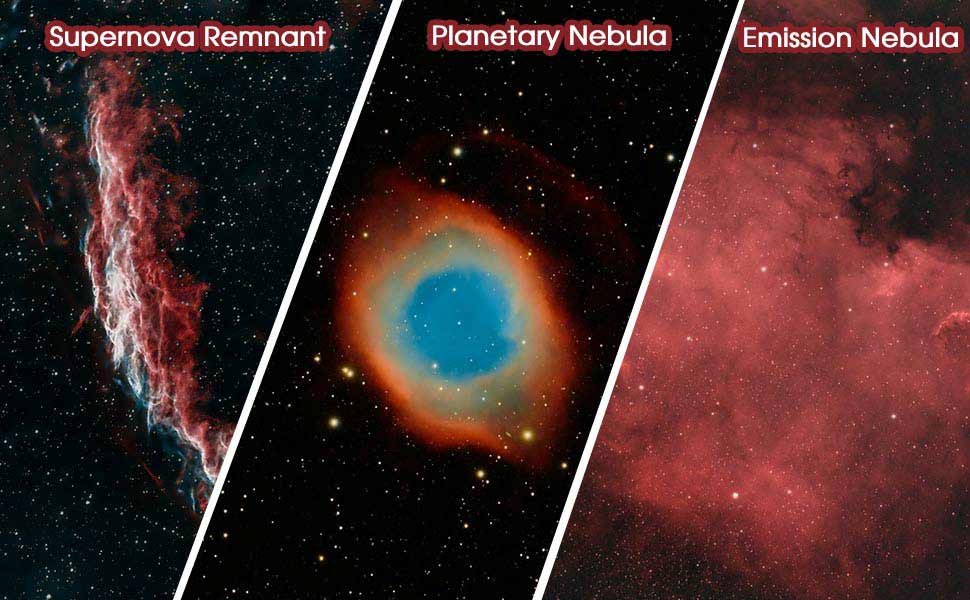
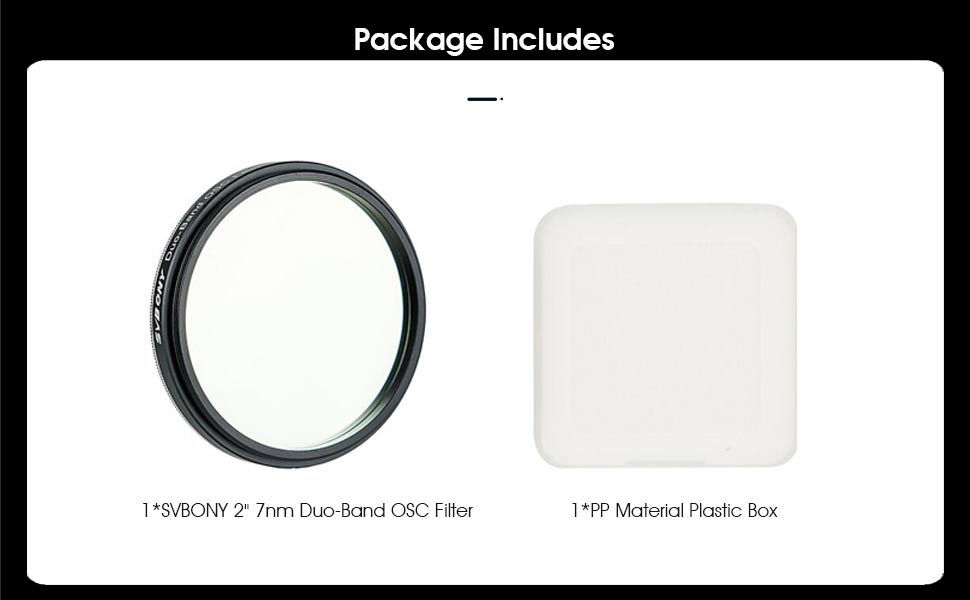
| Brand | SVBONY | SVBONY |
| Model | SV220 | SV220 |
| Name | Duo-Band OSC Filter | Duo-Band OSC Filter |
| Size | 2-Inch | 1.25-Inch |
| Substrate Thickness | 1.80mm | 1.85mm |
| Clear Aperture | 44mm | 26mm |
| Wavelength Range | 300-1100nm | 300-1100nm |
| FWHM | OIII (7nm) & HA (7nm) | OIII (7nm) & HA (7nm) |
| Blocking | OD5 | >OD5 |
| Peak transmittance | 500.7nm@T>90%; 656.3nm@T>94% | 500.7nm@T>90%; 656.3nm@T>94% |
| Surface Quality | 60/40 | 60/40 |
| Surface parallelism | 1/4λ | 1/4λ |
| Thread | M48x0.75 | M28.5*0.6 |
| Single Thread | Yes | Yes |
| Net Weight | 12.5g / 0.44oz /0.027lb | 7g |
Features
1.Dual Narrow bandwidth H-Alpha/O-III 7nm narrowband filter properly designed for astrophotography both in light polluted
2.Allows for imaging in bright man-made light pollution and moonlit conditions
3.Take color images without needing to combine images with multiple filters
4.Most useful for One-Shot Color cameras
5.Useful for imaging emission nebulae, planetary nebulae and supernova remnants
6.High transmission and sharp cut-off can greatly enhance the contrast and bring out the most detailed information for those deep-sky objects
7.Designed to sharply cut off the inference of artificial light from sodium vapor or mercury vapor street lights and other unwanted disturbance like sky glow
8.The duo-band narrowband filter is not suitable for visual observation and not designed for imaging or observing the Sun
9.Be aware that the SV220 is not a great fit for fast telescopes, some users reported that the Duo-Band OSC Filter paired with the RASA caused band shift, thus clipping the HA data.
The Reviews by Cuiv
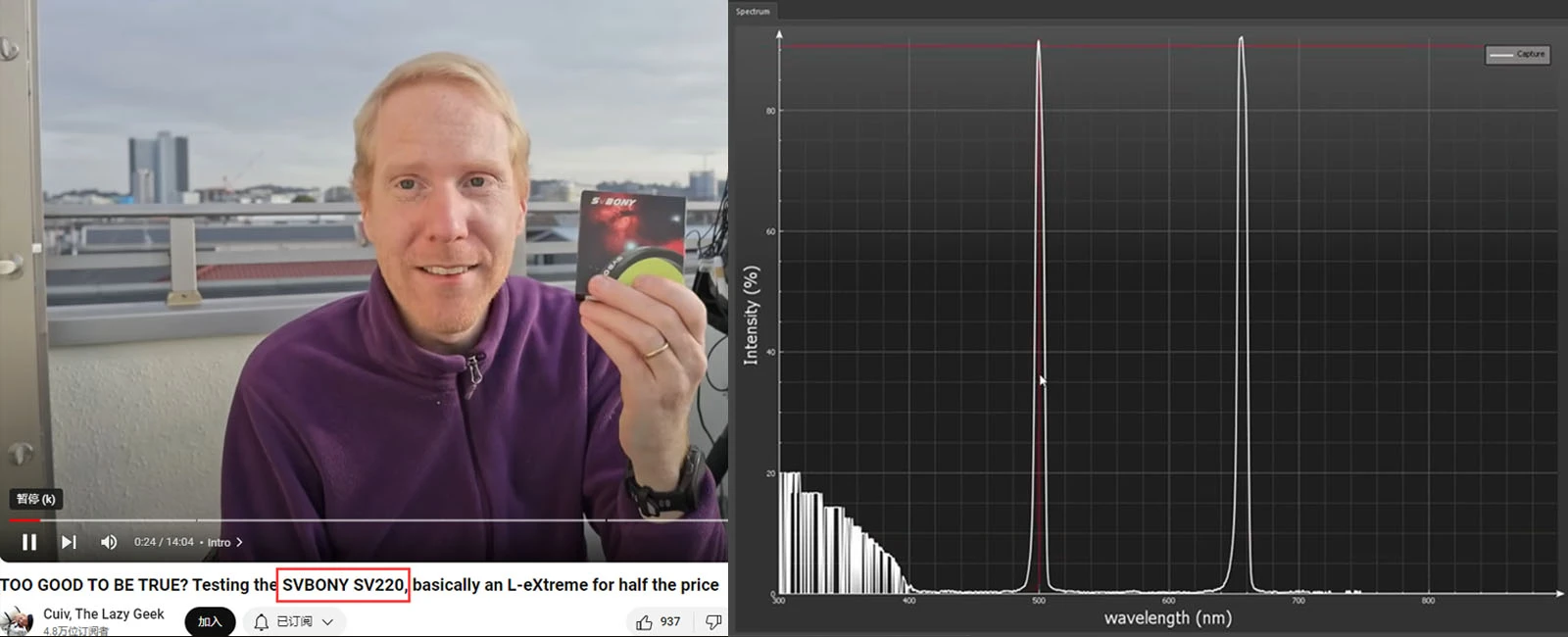
Unboxing by Felipe Almario
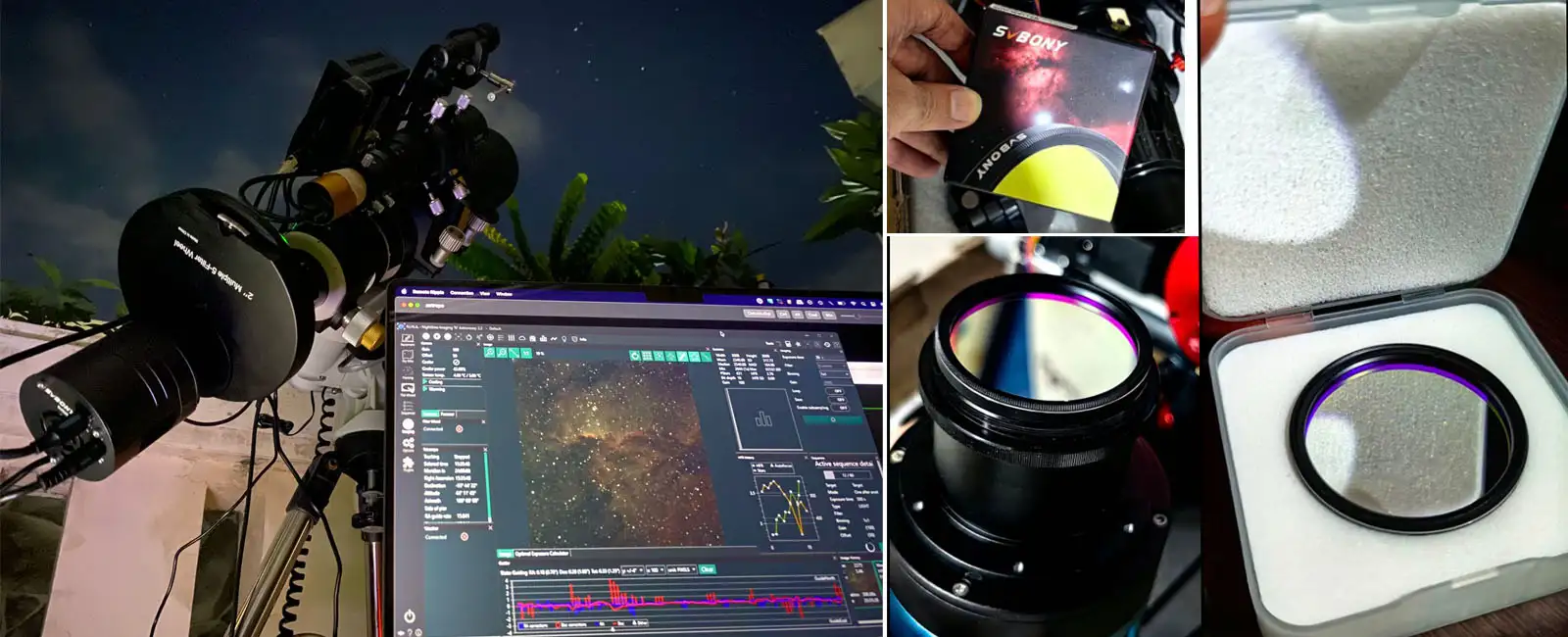
Excellent service. Order shipped the day after ordering. Perfect tracking information. The product is excellent and at a very good price. Knowledgeable and helpful staff. I will buy again.
Since I started using it, my astrophotography from the city has improved dramatically. It blocks all stray light very effectively, letting the right light through. I've used it with good results on emission nebulae, planetary nebulae, and supernova remnants. 100% recommended. Excellent value for money.
I had no issues with the SV220 at F3.45 and the SV405CC cooled camera.
I've been using the SVBONY SV220 dual narrowband filter (Ha + OIII) with my monochrome and OSC astrophotography setups, and it has consistently delivered impressive results. The filter effectively isolates the H-alpha and OIII emission lines with minimal halos and excellent contrast, even under heavy light pollution. Stars remain sharp, and the background is noticeably clean, allowing deep-sky nebulae to stand out with strong signal and low noise. Transmission is strong around 656nm and 500nm, and the band separation is well-tuned for capturing rich bicolor images. Build quality is solid, with a metal housing and well-coated glass that resists reflections and moisture buildup. Threading is smooth and fits snugly in my filter wheel and 2" adapters. Compared to more expensive dual-band filters, the SV220 holds its own and exceeds expectations in value and performance. It's become an essential part of my imaging workflow. Highly recommended for anyone shooting emission nebulae with OSC or looking for a budget-friendly filter that doesn't compromise on image quality
Just perfect! I use the SV220 dual narrowband filter with the Altair Hypercam 183c Pro and the results are amazing under bortle 9 skies (Athens, Greece).
Perfect, never seen so much red coming out of an astronomical photo. I use it with skywatcher ed 80 and zwo 294 and the results are excellent. I highly recommend it
I bought this dual narrow band filter when using this with my SV405CC, I have achieved wonderful results with this filter, especially when used with Sky-Watcher Quattro 150P @f3.45. Even though the website states it is not recommended for system below f5. My images can be found on the Sky-Watcher Gallery website.
Sono veramente soddisfatto dell'acquisto di questo filtro dual band H-OIII modello SV220, avevo visto un video su youtube riguardo l'utilizzo di questo filtro, quindi ho deciso di effettuare l'acquisto, possiedo un Svbony SV503 con spianatore/riduttore Svbony SV193 acquistato su Amazon, il risultato è stato eccellente ho acquisito due ore di immagini sulla Nebulosa IC434 solo con questo filtro, l'immagine di stacking è nitida, colore vivace priva di aberrazioni cromatiche. Consiglio l'acquisto di questo prodotto.
i used a few dual narrow band filters on the market for quite some time and i came across this filter 3 months ago... here is my experience so far in bortle 9 skies : - the filter collect nebula light so fast and quite good - stars are perfectly sized , small and sharp with 300s exposure which is really impressive considering i got bigger stars with other more expensive filters. - i saw one halo on the biggest star on the image but it is very acceptable and does not look unnatural so i didnt pother to remove it . that happened when i placed the filter next to the camera. again other filters are NOT halo free and the sv220 is more cheaper so it wins for me... in conclusion, if you are looking for the best dual narrow band filter on the market , then i have no other filter to recommend rather then the sv220 hands down...
I've been using this with my SV705C camera and SV503 80ED on nebulas in Bortle 7 skies with below average seeing conditions as of late. Really lets the nebula's light punch through the early evening light blue atmospheric haze under a 3/4 moon along with urban light pollution (good testing conditions). You will obviously need to increase your subframe time (3min guided in my case) to achieve a decent image histogram or you'll have to collect a lot more short subs and/or increase your gain, exposure, ISO, etc. All in all, a nice piece of kit. Have not tried it with my unmodified Canon DSLR yet but I'm sure it will help significantly. I've posted an image of the bubble nebula and pacman nebula to the SVBONY Telescope Club Facebook page so you can see my results.
I am very pleased with the quick delivery from SvBony and have installed the filter into my telescope, now waiting for clears skies! Will write a further review once I've been able to do some imaging.
I purchased this filter after watching several reviews and I must say I'm impressed by its performance, especially considering its price. I tried it only a couple of times, but the performance is very satisfactory. Almost no halo, if not on extremely bright stars (and still very acceptable and easily manageable). The nebulae appear even after a few seconds exposures making framing very easy even on very faint objects. All in all, I would recommend it without any doubt. And I already have, indeed.
This filter is a fantastic choice for astrophotographers looking for quality results at an affordable price. It is a practical choice for either a modified or stock DSLR camera. It provides just the right balance to focus on bright stars accurately, especially when paired with a Bahtinov mask. Overexposed, bloated stars are effectively suppressed, reducing the need for tedious star reduction in post-processing. A standout feature of this filter is its ability to block nearly all moon glow, making it possible to capture emission nebulae even under a full moon. This is ideal for anyone looking to extend imaging sessions through lunar phases without sacrificing image quality. However, it’s important to note that this filter is designed specifically for Ha and OIII wavelengths, so it’s unsuitable for capturing reflection nebulae or galaxies.
The filter arrived quickly and in good condition. I live in Bortle 5/6 skies, and the first sub I took of the North America Nebula (3 mins) from a backyard surrounded by streetlights showed coal black skies! Previously, any subs over 15 seconds showed significant light pollution to the extent that I had all but given up photographing in my backyard, and restricted my sessions to camping trips to Bortle 1/2 skies. This filet has changed everything, and I now look forward to imaging from my own backyard for the first in in years. I have previously borrowed an Optolong L-Extreme and was impressed with it - the Svbony 220 is a match for its (way more expensive) Optolong twin.
I used this filter under Bortle 5 , and it performs outstanding. I was really surprised about the fantastic color reproduction , the details and the sharpness. If I could give 6 stars, I would
my sv220 seems very nice unlike svbony's website.
Only what I was worry about befiore buy was halo of big stars but... THERE IS NO halo at all with Askar 71F, can't imagine better filter for this price at this moment! 10 days shipping to UK.
Excellent product, I can only recommend it.
I would have had this a year in November and the quality of my images and what I was capturing improved 1000% after using the CLS & UHC filters this filter gave me the ability to capture objects I wasn't able to previously and as an experiment I tried it on some galaxies and it performed amazingly the detail I got especially on the Andromeda Galaxy was spectacular
excellent filter for bortle 8
I'm really impressed with all the products I've gotten from SVBONY. A lot of the gear in my astronomy setup comes from SVBONY, and I keep buying their stuff because of the great bang for the buck. This filter came in a cool box, housed in clear plastic, and protected with foam. The filter is made of high-quality materials and doesn't feel or look cheap.
First light with the SV220 was the night before the full moon. I imaged the Trifid and Pelican Nebulae, and with PixInsight and Bill Blanshan's NarrowbandNormalization I was able to get an outstanding result on both. My Pelican HOO image is so striking that ZWO chose to feature it in the ASIAir Community App. A Gold Star on the very first try is pretty exciting! The weather refused to cooperate the night of the full moon, but the next night was clear (but windy). My first night's images were very noisy, so I increased the gain on my ASI533MC Pro from 100 to 200 and chose the Cygnus Wall as my target for the night. Once again the result was astonishing, with detail and depth that I've never seen before, ranging from the jet black of the dark nebula LDN 935 to the luminous red clouds of the Wall, with a beautiful teal mist in the expanse between. The SV220 is an outstanding value.
Simply spectacular. Narrowband astrophotography with the SV220 filter is a real pleasure. The sharpness, contrast and elimination of light pollution make this filter an essential tool in my astrophotography kit. I totally recommend it
I own this filter and I tested it under a Bortle 5 sky with a full moon and it allowed me to image the M42 nebula perfectly, no halo or stray light from the moon or light pollution from the city. I used a color CCD and the end result was incredible. I will post the photo on the official Facebook page as Leoni Giovanni
I'm very much enjoying astrophotography (AP). It is very different from "daytime" photography-- catching photons by the dozens, instead of by the billions. So, one "branch" of AP deals with composition and color of deep space objects (DSOs). It gets deep. There might be some insights-- properties of color and band width and all that. The SV220 (shhesh, read the description above) allows hydrogen alpha (Ha) (think red) bandwidth pass through along with (see "details"). So, if I have a dark sky, very little time, I can shoot some detail in the Orion Nebula, for example. In closing, there are many approaches to processing deep space photos... the "beauty" of not knowing what I don't know allows me to approach the conundrum from a different perspective. (Yes, I will learn, continue studying the "art and science" of astrophotography). Meanwhile I'm kind of enjoying throwing stuff about and seeing what sticks... (not AI assisted).

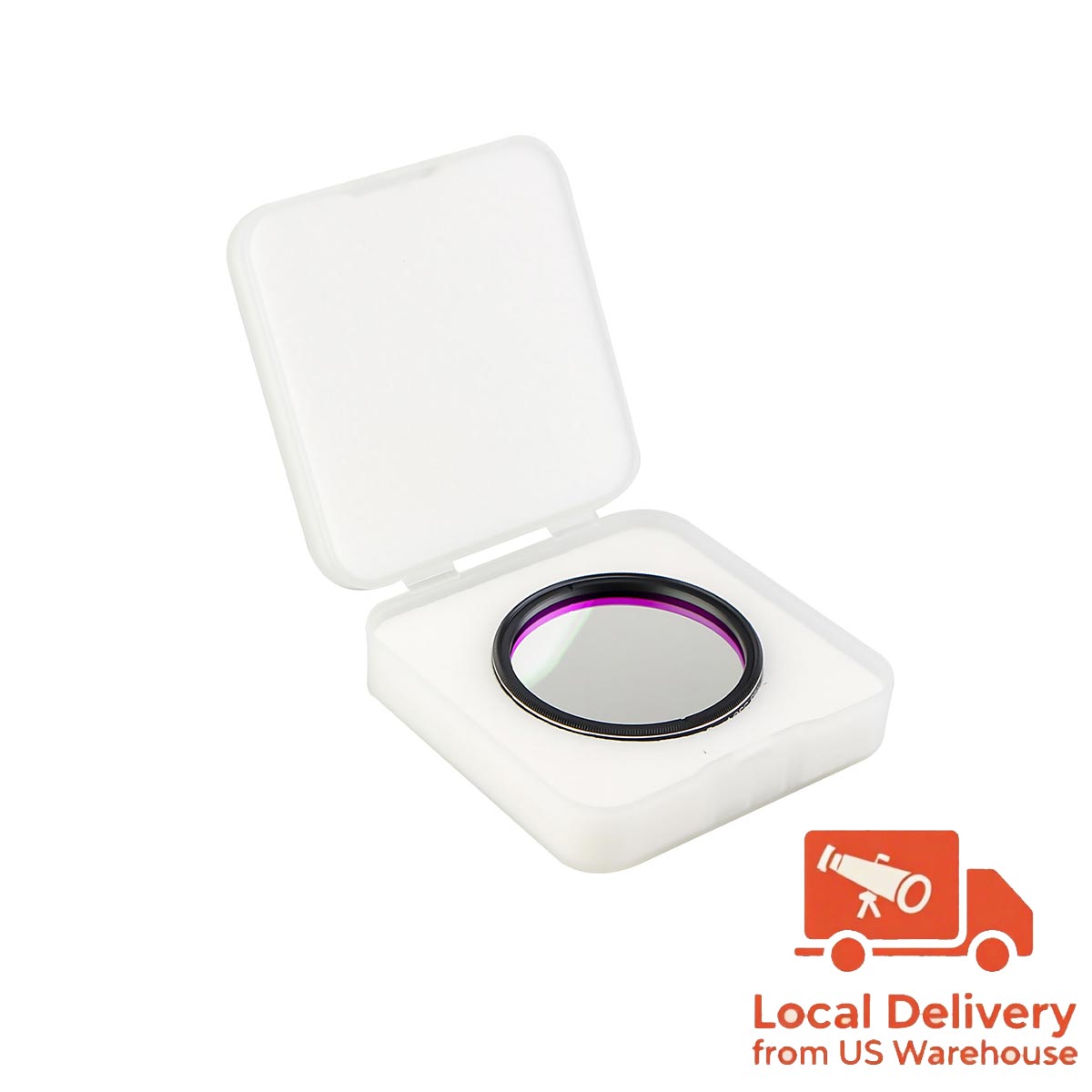

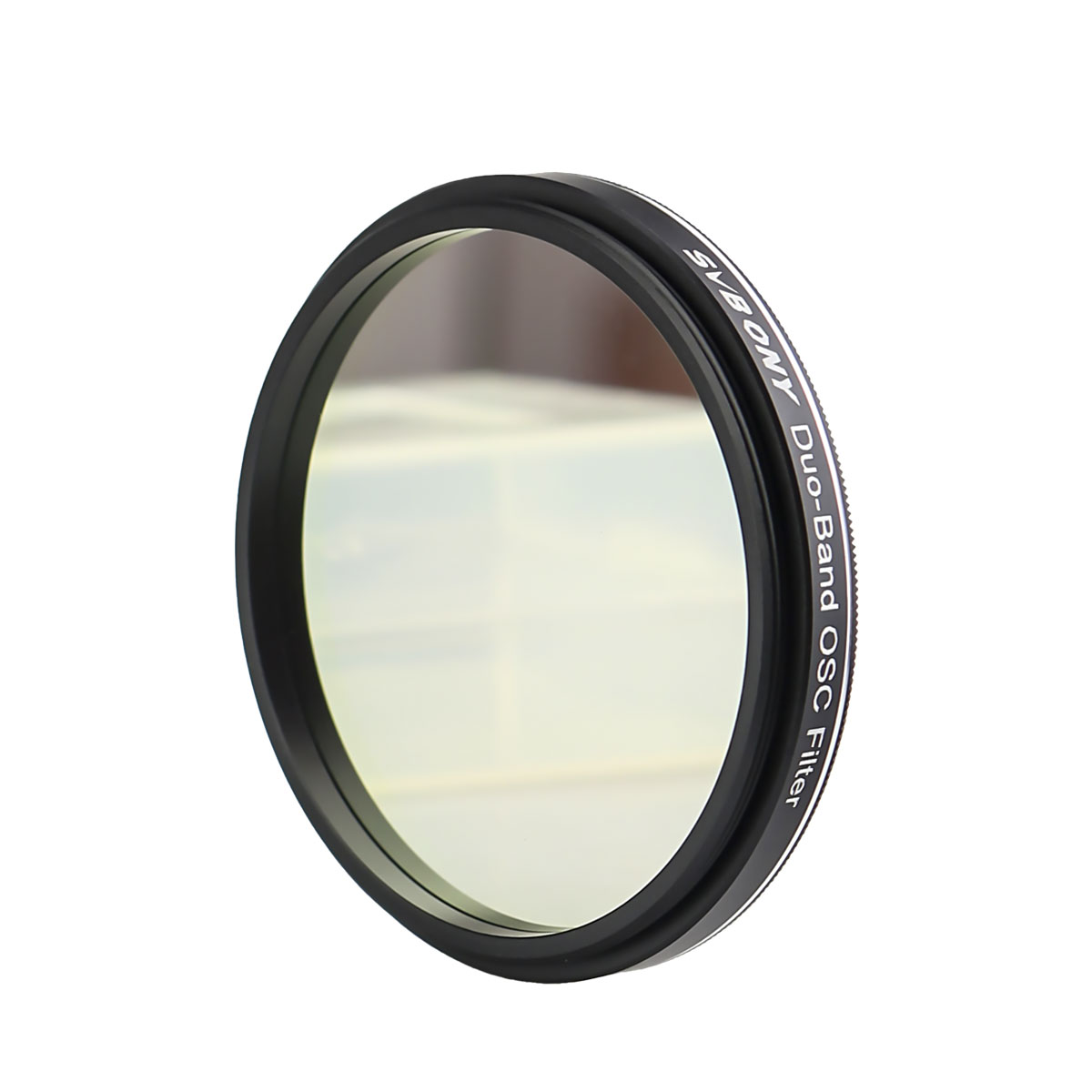
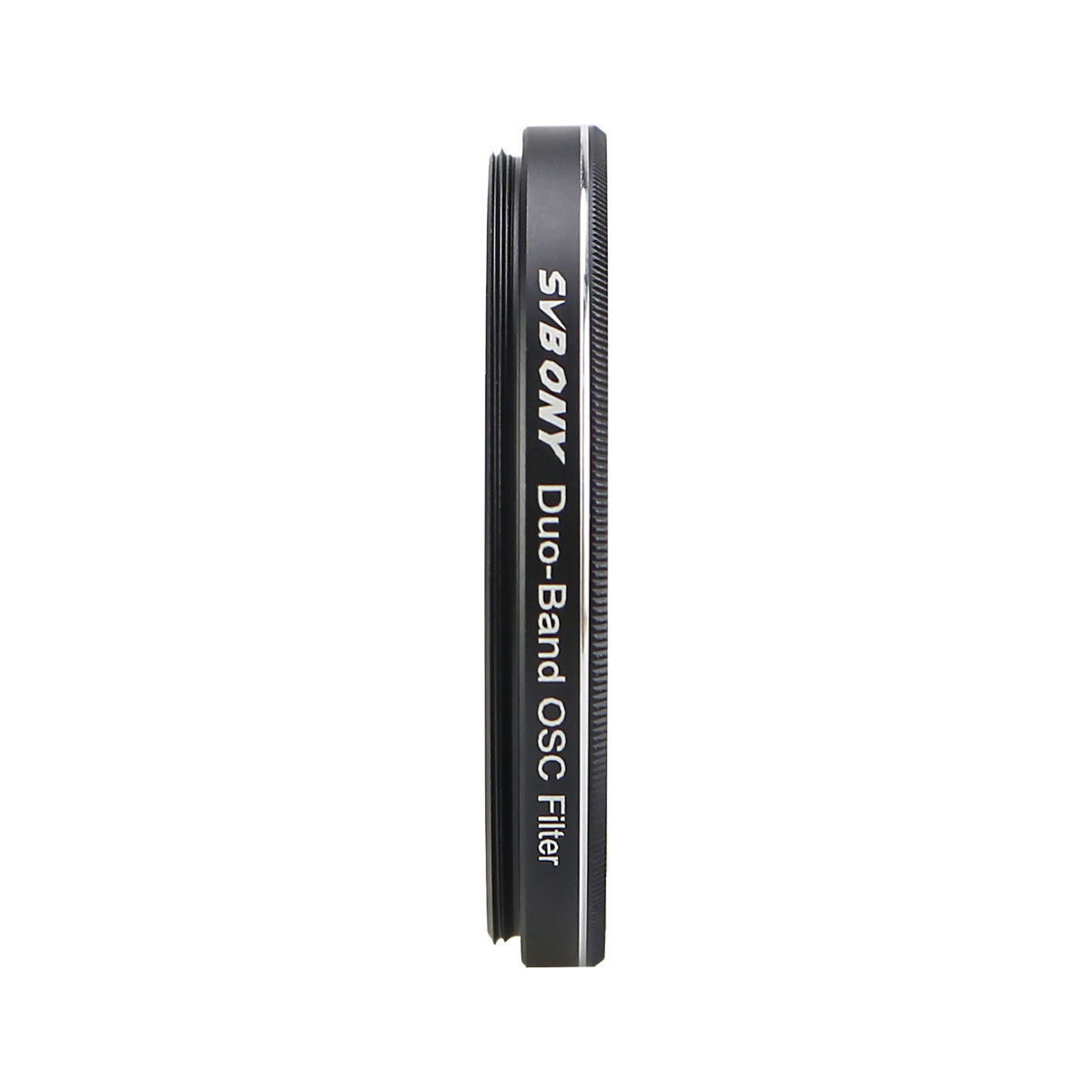
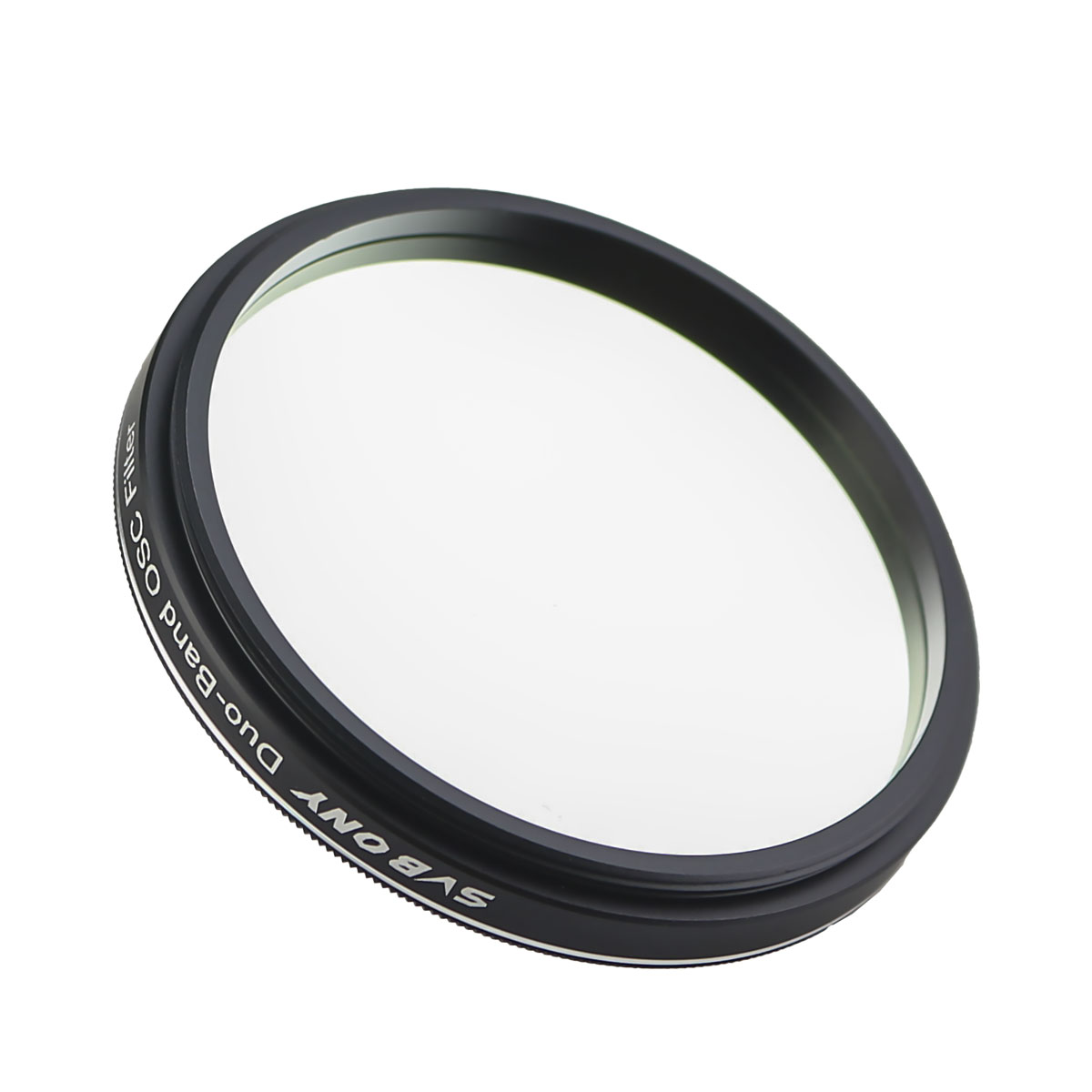
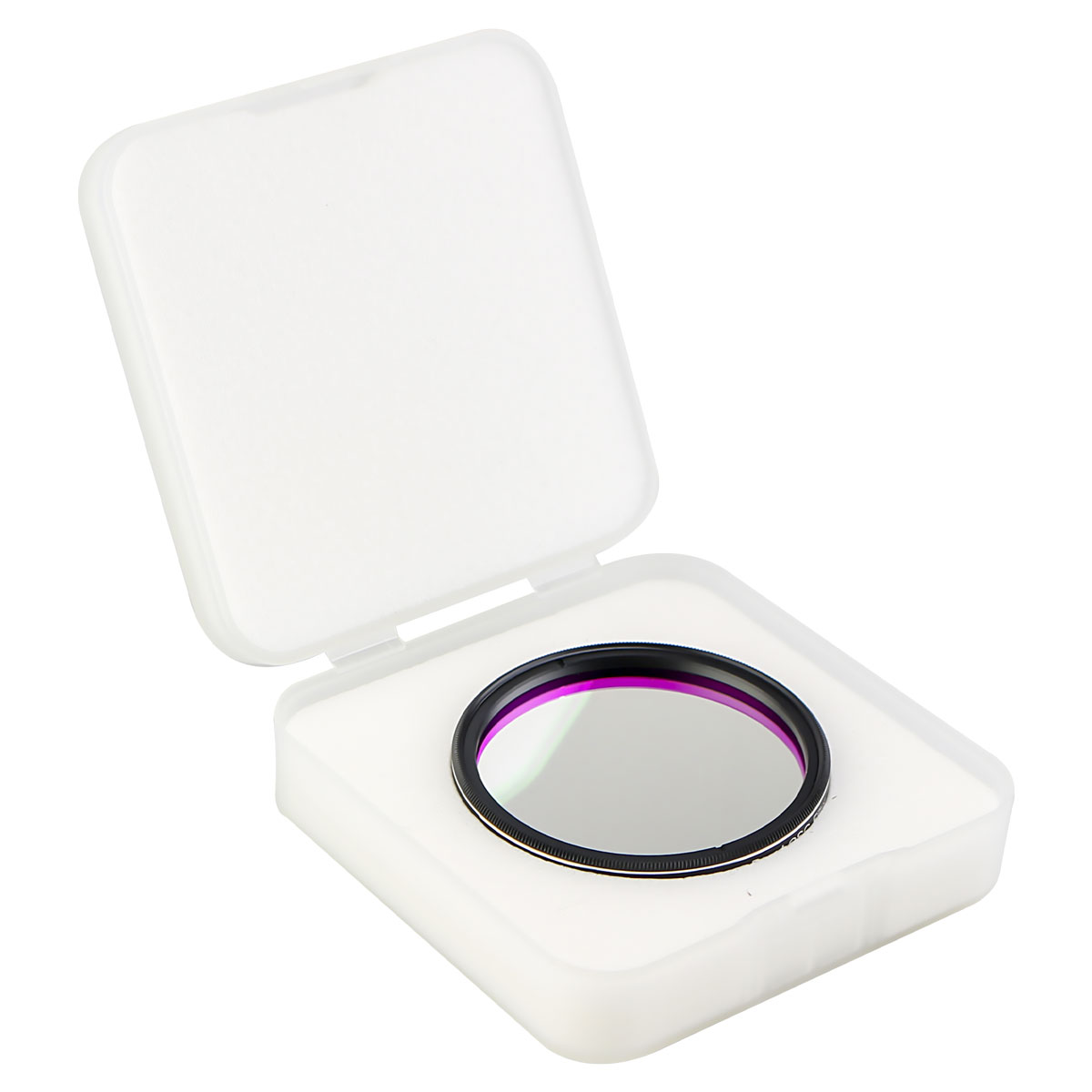
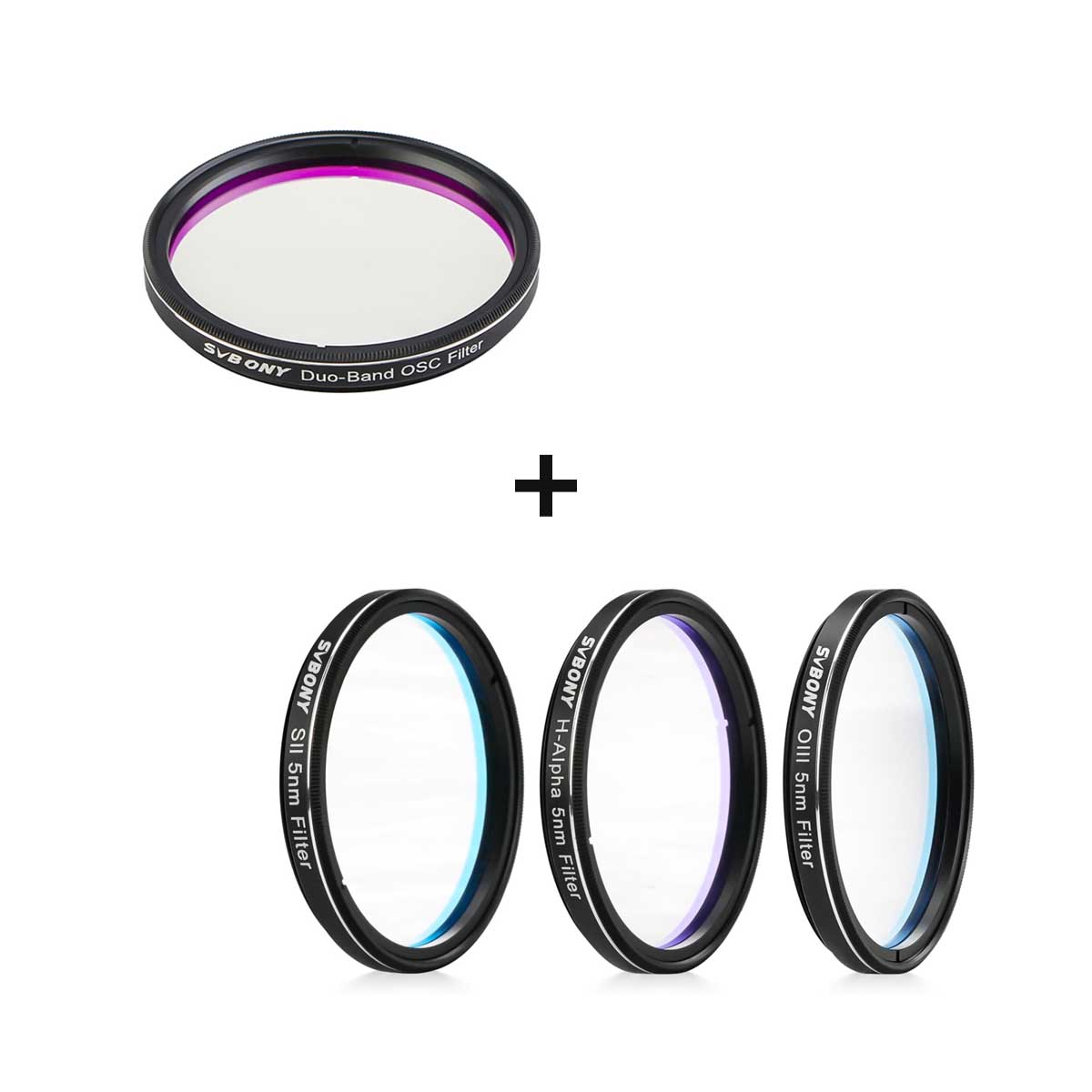
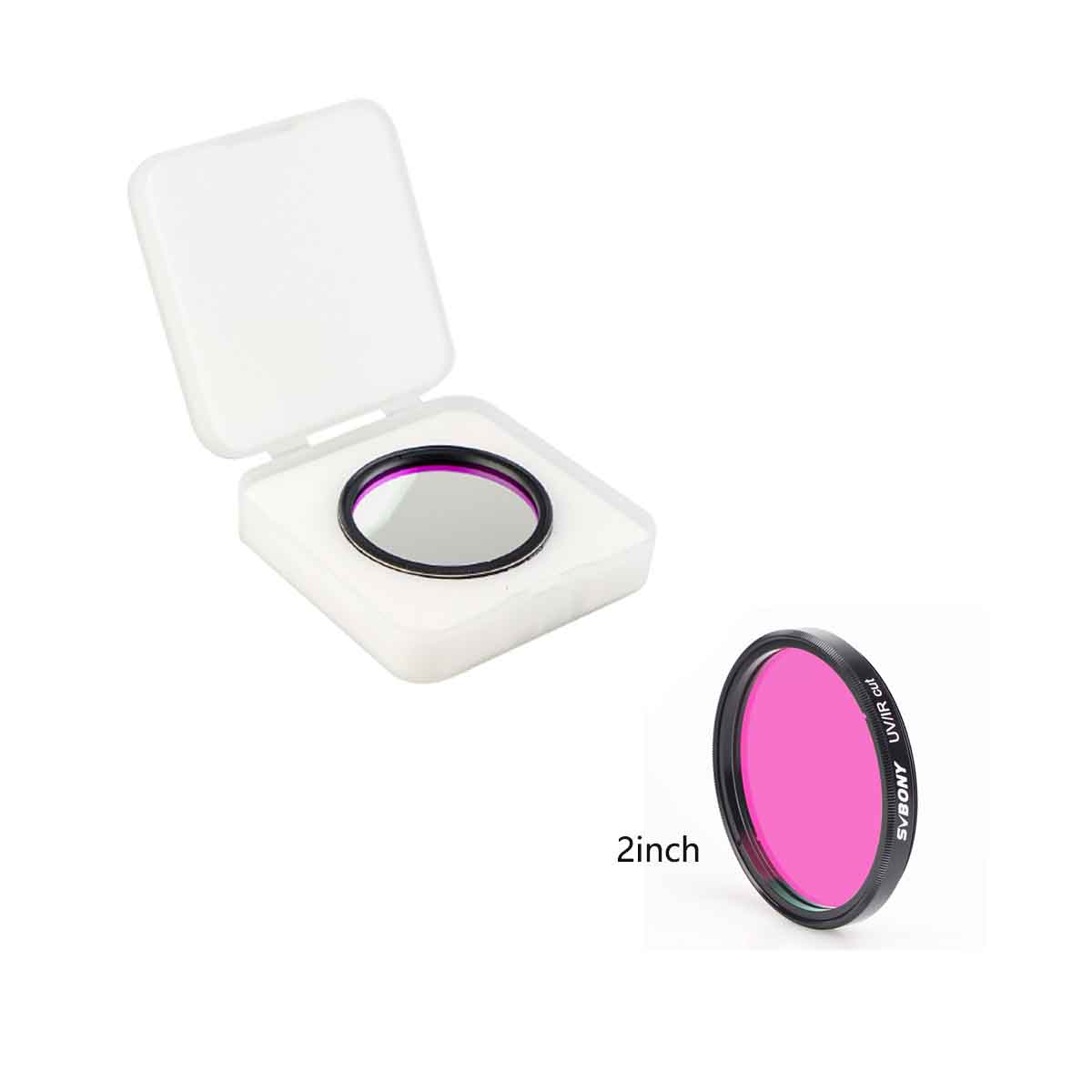
Excellent service. Order shipped the day after ordering. Perfect tracking information. The product is excellent and at a very good price. Knowledgeable and helpful staff. I will buy again.